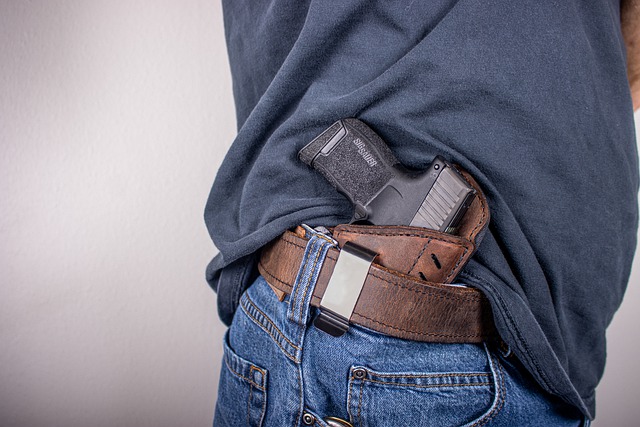What you’re looking for in a holster, understood as a piece of safety equipment as much as it is a piece of gear, is a few select qualities. Many holsters are made that have them, so it isn’t a hard bar to clear…but many also don’t, so don’t assume all holsters are good.
The holster should be made for the make and model of firearm that you will insert into it. This ensures the holster fits the gun, as well as the necessary friction to keep it in place.
Some universal holsters are made that purport to fit any gun. A holster that fits every gun…doesn’t really fit any gun.
Some are made to fit a narrow size range, such as single- or double-stack subcompacts and so on. If you aren’t getting a custom-made holster, those are the ones to acquire as they will have sufficient tension.
In other words, what you’re looking for is a holster that adequately holds the pistol without needing an active retention device. Active retention should be A layer of security, not THE layer of security.
The holster should be made of durable material that covers the trigger guard and prevents anything, at all, from entering it or from allowing the trigger to be manipulated through the holster.
The holster must also make a solid connection to the belt or to the body, if you aren’t carrying some form of waistband holster. If it does not, the holster is liable to dropping. It also won’t work well on the range, which is what we call “a clue.”
In short, it has to connect to you securely. It has to securely hold the gun. It has to keep the trigger guard completely covered and protected.
It’s also important to choose a holster that does these things that you can live with. If you can’t stand to carry it, you won’t, and that defeats the purpose.
Guns, gear and so on are cool, and yes – to a degree – holsters are part of that. However, remember that a holster is also a vital piece of safety equipment, so don’t take chances on it. Know, too, that price should be A selling point, not THE selling point. So choose wisely.


